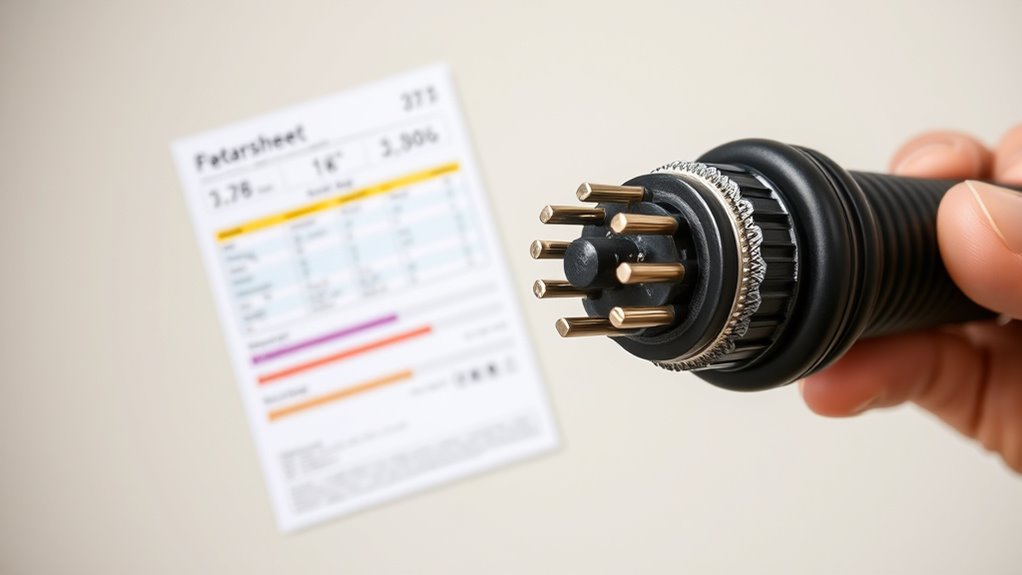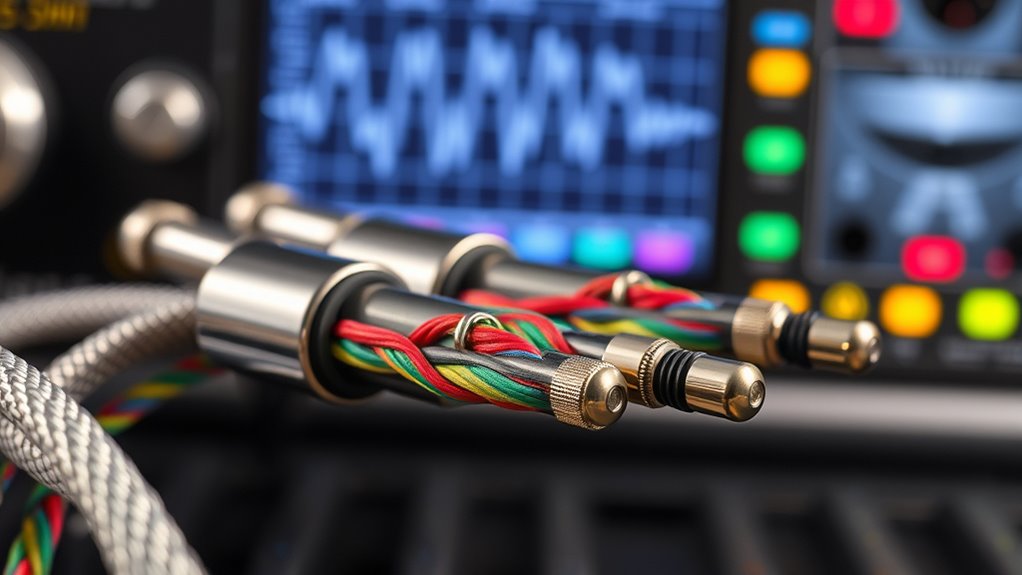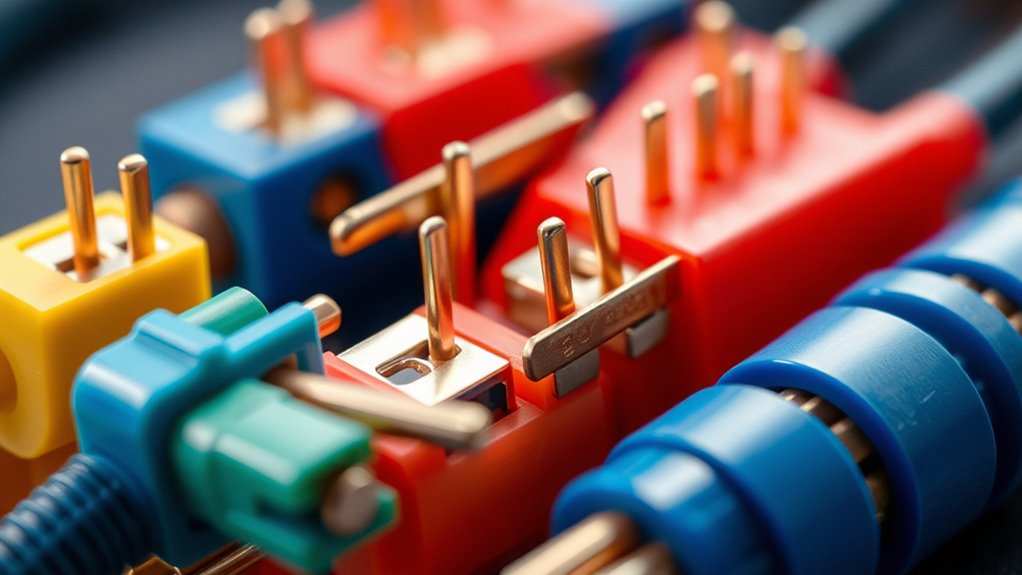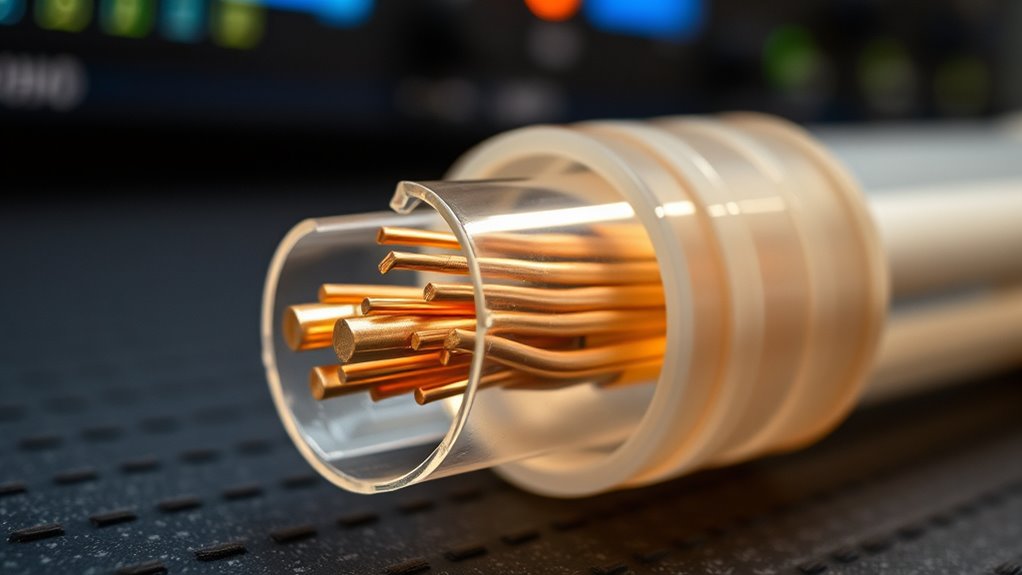Only by mastering cable specifications and ratings can you ensure safety and performance in your projects—discover how to decode these vital details now.
Browsing Category
Basics
21 posts
Network Topologies: Star, Bus, Ring and Mesh
Great network topology choices—star, bus, ring, or mesh—each offer unique benefits and challenges that can impact your network’s performance and security.
Structured Cabling: What It Is and Why It’s Important
What makes structured cabling essential for reliable network performance, and how can it transform your infrastructure? Discover the key insights here.
Understanding Cross-Talk and How Cables Prevent It
Preserving signal clarity in complex environments depends on understanding cross-talk and the innovative cable design methods that prevent it.
How to Choose the Right Cable for Your Home Network
Navigating cable options for your home network can be complex; understanding the key factors ensures optimal performance and avoids costly mistakes.
Copper Vs Fiber: a Beginner’s Comparison
Ongoing technological advancements make choosing between copper and fiber complex; understanding their differences is essential to selecting the best option.
The Role of Connectors in Cable Performance
Having the right connector can significantly impact cable performance, but do you know what factors truly influence their effectiveness?
Understanding Signal Attenuation in Cables
Having a clear grasp of signal attenuation in cables is crucial, as it directly impacts your system’s performance and reliability.
Bandwidth Vs Throughput: What’s the Difference?
Many wonder how bandwidth and throughput differ and why actual speeds often fall short, making it essential to understand what truly affects your network performance.
Why Impedance Matters in Networking Cables
A proper understanding of impedance in networking cables is crucial because it directly impacts signal quality and overall network reliability.













